| The
Great Depression had a substantial and varied impact on the
lives of Americans. Physically and psychologically, it was devastating
to many people, who not only lacked adequate food, shelter, and
clothing but felt they were to blame for their desperate state.
Although few people died from starvation, many did not have enough
to eat.
Some
people searched garbage dumps for food or ate weeds. Malnutrition
took a toll: A study conducted in eight American cities found
that families that had a member working full time experienced
66 percent less illness than those in which everyone was unemployed.
The psychological impact was equally damaging.
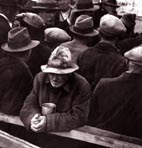 During
the prosperity of the 1920s, many Americans believed success went
to those who deserved it. Given that attitude, the unemployment
brought by the depression was a crushing blow. If the economic
system really distributed rewards on the basis of merit, those
who lost their jobs had to conclude that it was their own fault.
Self-blame and self-doubt became epidemic. During
the prosperity of the 1920s, many Americans believed success went
to those who deserved it. Given that attitude, the unemployment
brought by the depression was a crushing blow. If the economic
system really distributed rewards on the basis of merit, those
who lost their jobs had to conclude that it was their own fault.
Self-blame and self-doubt became epidemic.
These
attitudes declined after the New Deal began, however. The establishment
of government programs to counteract the depression indicated
to many of the unemployed that the crisis was a large social problem,
not a matter of personal failing. Still, having to ask for assistance
was humiliating for many men who had thought of themselves as
self-sufficient and breadwinners for their families. Because society
expected a man to provide for his family, the psychological trauma
of the Great Depression was often more severe for men than women.
Many
men argued that women, especially married women, should not be
hired while men were unemployed. Yet the percentage of women in
the workforce actually increased slightly during the depression,
as women took jobs to replace their husbands' lost pay checks
or to supplement spouses' reduced wages. Women had been excluded
from most of the manufacturing jobs that were hardest hit by the
depression, which meant they were less likely than men to be thrown
out of work. Some fields that had been defined as women's work,
such as clerical, teaching, and social-service jobs, actually
grew during the New Deal.
The
effects of the depression on children were often radically different
from the impact on their parents. During the depression many children
took on greater responsibilities at an earlier age than later
generations would. Some teenagers found jobs when their parents
could not, reversing the normal roles of provider and dependent.
Sometimes children had to comfort their despairing parents. A
12-year-old boy in Chicago, for example, wrote to President and
Mrs. Roosevelt in 1936 to seek help for his father, who was always
"crying because he can't find work [and] I feel sorry for him."
The depression that weakened the self-reliance of many adult men
strengthened that quality in many children.
The
depression's impact was less dramatic, but ultimately more damaging,
for minorities in America than for whites. Since they were "born
in depression," many blacks scarcely noticed a change at the beginning
of the 1930s. Over time, however, blacks suffered to an even greater
extent than whites, since they were usually the last hired and
first fired. By 1932 about 50 percent of the nation's black workers
were unemployed. Blacks were frequently forced out of jobs in
order to give them to unemployed whites. Yet the depression decade
was one of important positive change for blacks. First lady Eleanor
Roosevelt and several leading New Deal figures were active champions
of black rights, and most New Deal programs prohibited racial
discrimination. These rules were often ignored in the South, but
the fact that they were included at all was a major step forward.
Blacks were sufficiently impressed with the New Deal to cause
a large majority of black voters to switch their allegiance from
the Republican to the Democratic Party during the depression years.
Microsoft®
Encarta® Encyclopedia 99. © 1993-1998 Microsoft Corporation. All
rights reserved. |


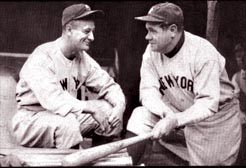
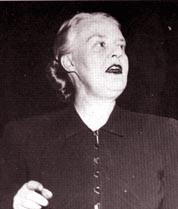
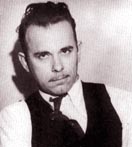
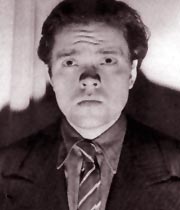


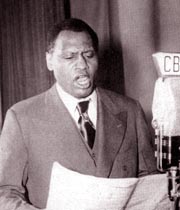

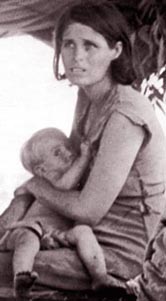

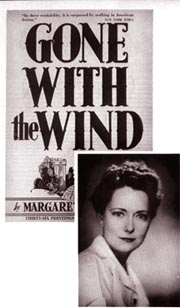
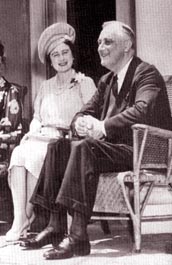
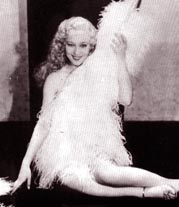

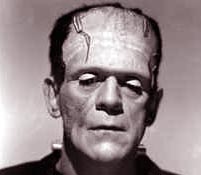
 During
the prosperity of the 1920s, many Americans believed success went
to those who deserved it. Given that attitude, the unemployment
brought by the depression was a crushing blow. If the economic
system really distributed rewards on the basis of merit, those
who lost their jobs had to conclude that it was their own fault.
Self-blame and self-doubt became epidemic.
During
the prosperity of the 1920s, many Americans believed success went
to those who deserved it. Given that attitude, the unemployment
brought by the depression was a crushing blow. If the economic
system really distributed rewards on the basis of merit, those
who lost their jobs had to conclude that it was their own fault.
Self-blame and self-doubt became epidemic.